More castles and mountains
We could tell we were back in central Europe – more locals speak English and follow the road rules, everything is more expensive, people ride bicycles and electric scooters everywhere, there are tour groups at every half-popular tourist site…and even English-speaking tourists. After a couple months of exploring countries where there are no tour groups and certainly no travellers speaking English this almost qualified as culture shock.
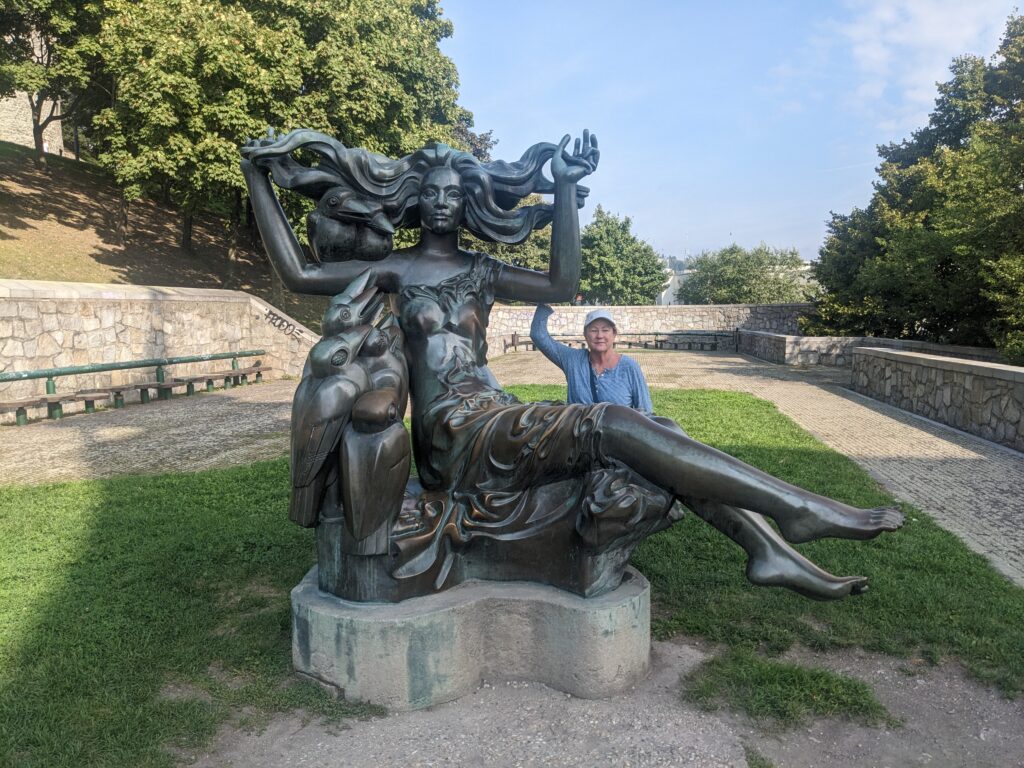
We woke up finding ourselves on the edge of Slovakia, a country better known as being part of the 20th century communist country Czechoslovakia before it split in two in 1992 along ethnic and political lines, forming the separate Czech Republic and Slovakia. Slovakia’s capital, and it’s overwhelming economic force, is Bratislava.
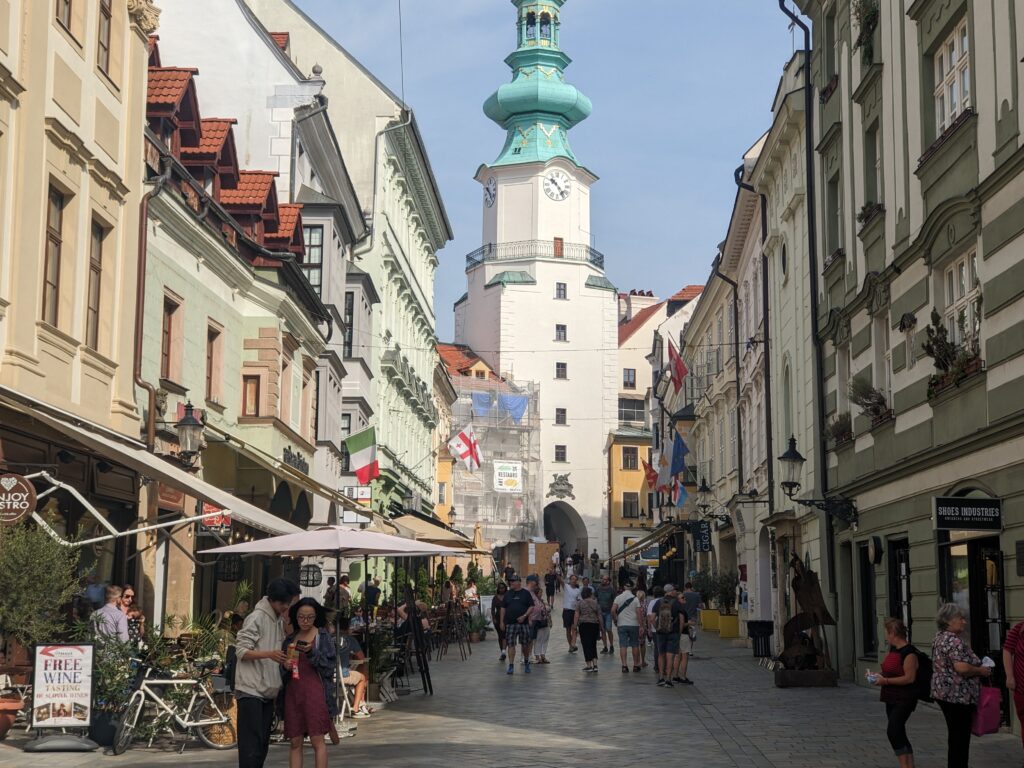
Bratislava sits dominantly on the Danube River and boasts over 1200 years of history as a political and economic centre for a variety of rulers and kingdoms. Today Bratislava, a city of 500,000 people, is full of history with it’s renovated castle on the hill, lively old town and numerous landmark buildings. But it also has a great bopping vibe, a university town, a strong tourist attraction and the business capital for the region.
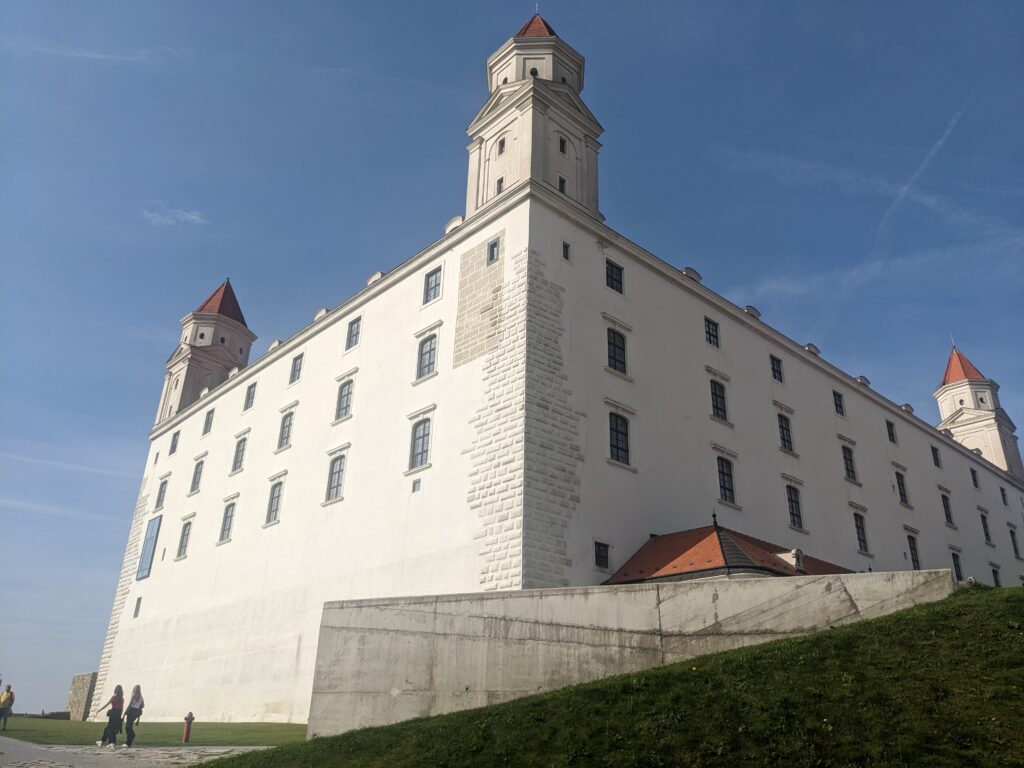
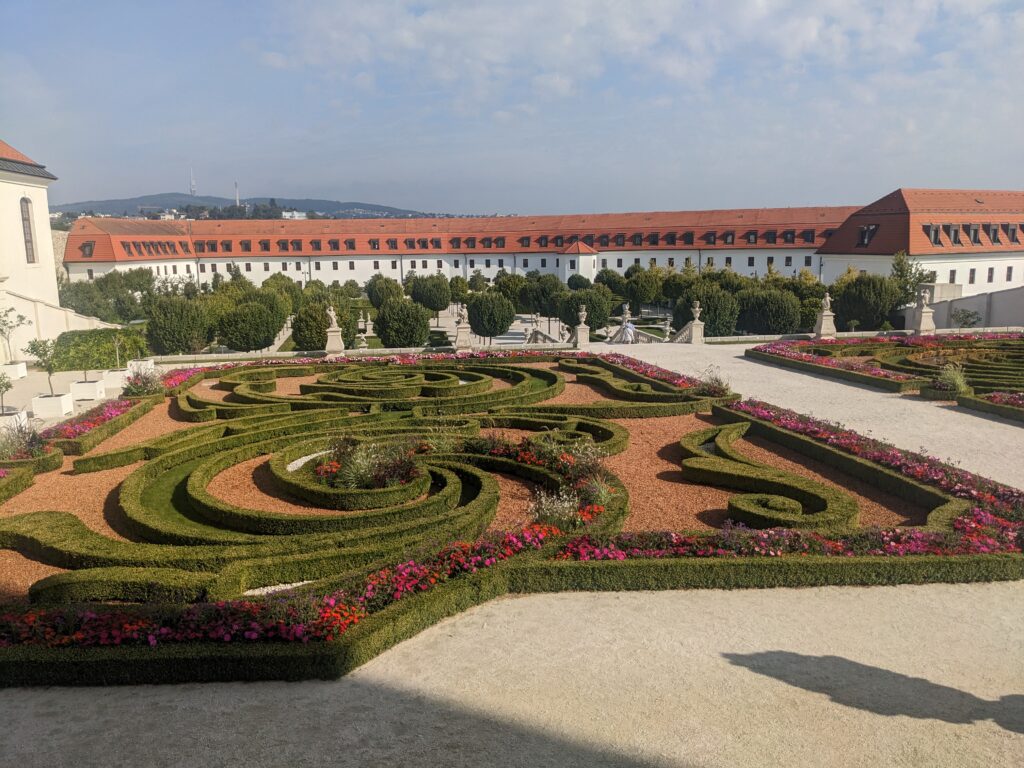
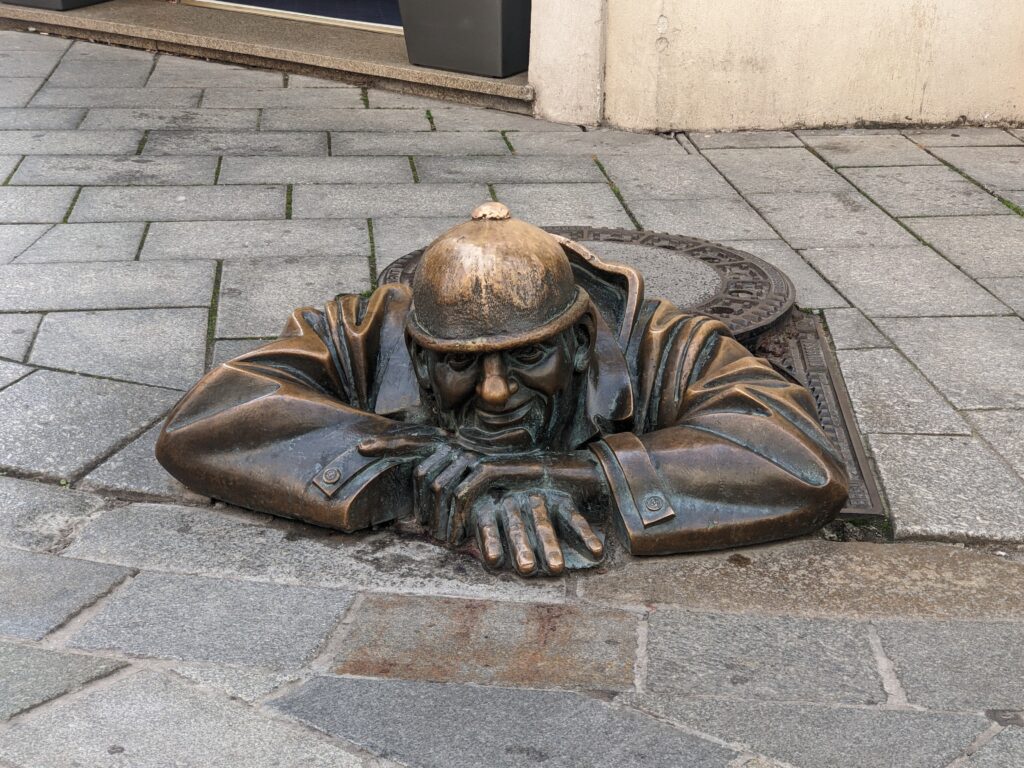
Julie and I spent the morning exploring the historic district of Bratislava, especially the old town, and couldn’t help but fall for it’s charisma and charm. It felt very livable, very comfortable and very attractive. If I was Slovakian I would be proud of this city.
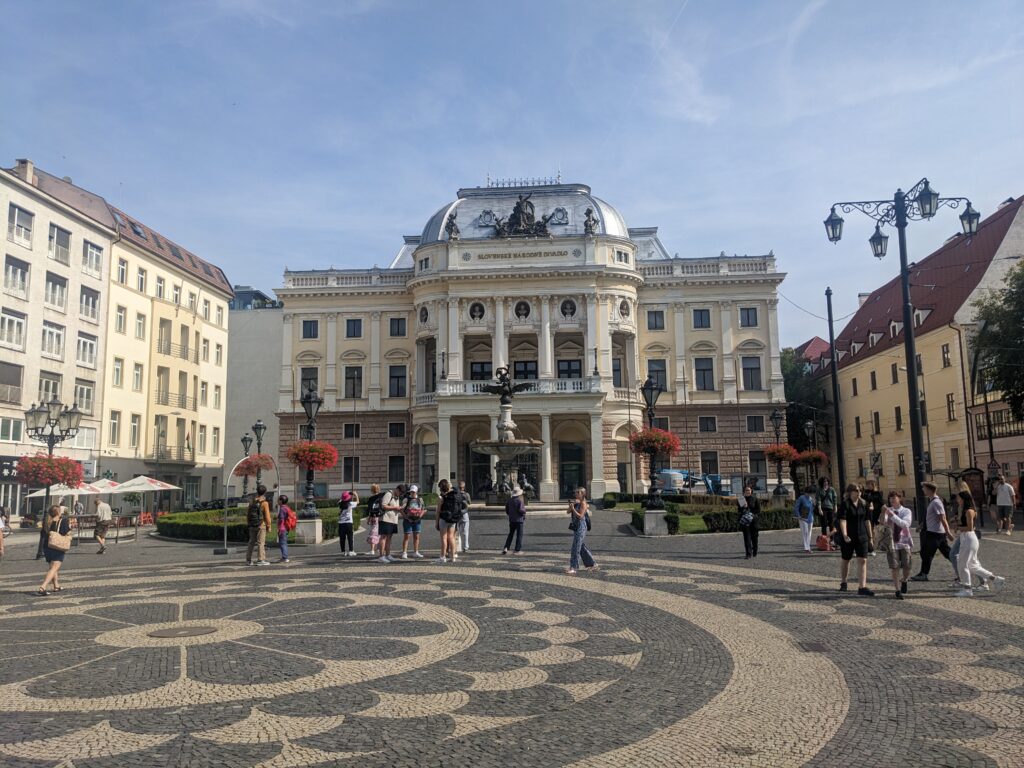
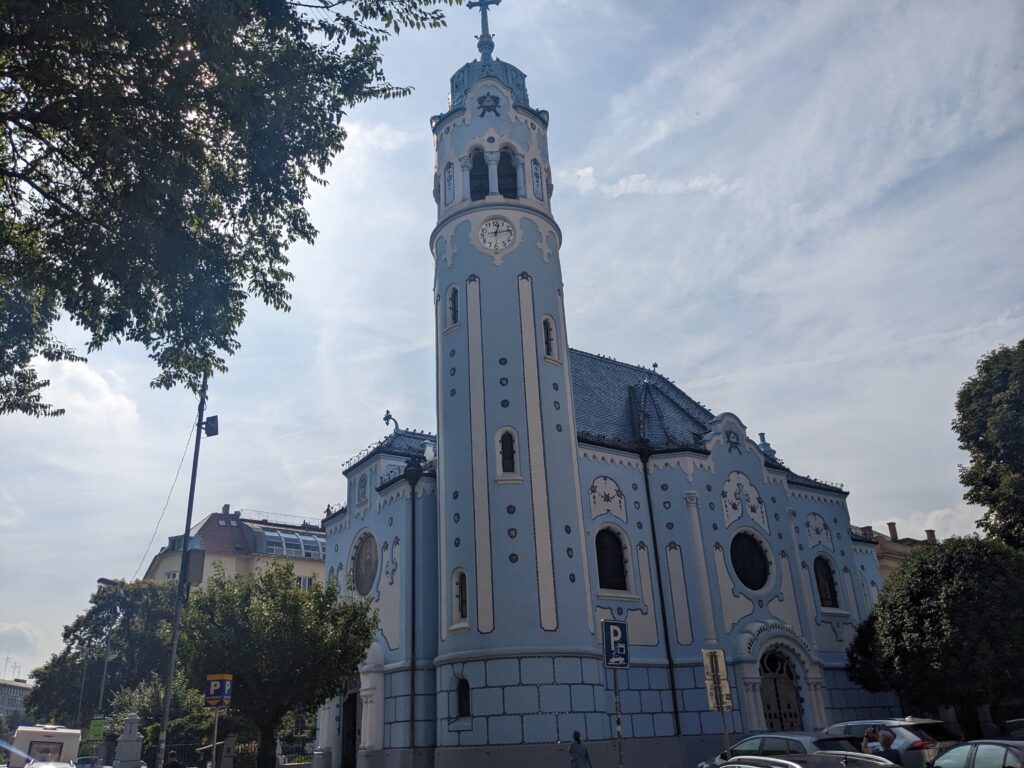
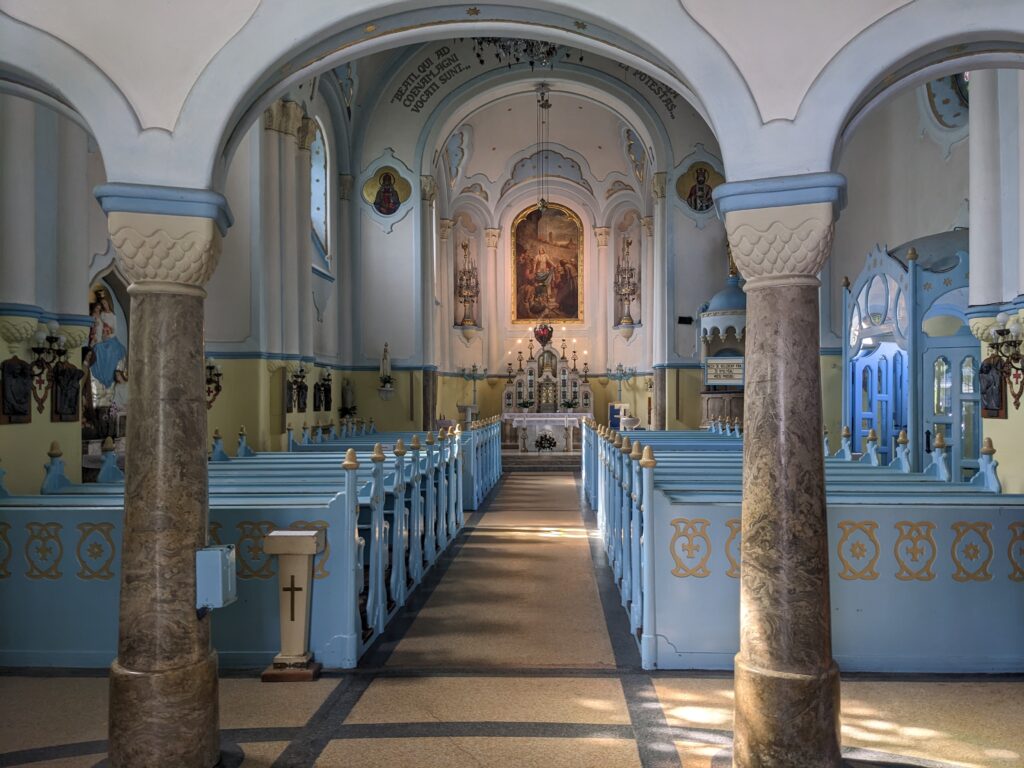
We drove upstream a short way to where the Morova River flowed into the Danube and walked around the base of the impressive and imposing Devin Castle, which unfortunately was closed on the day. We even commented that visiting two castles in one day was better than visiting two monasteries in one day which was our previous entertainment. How little did we know.
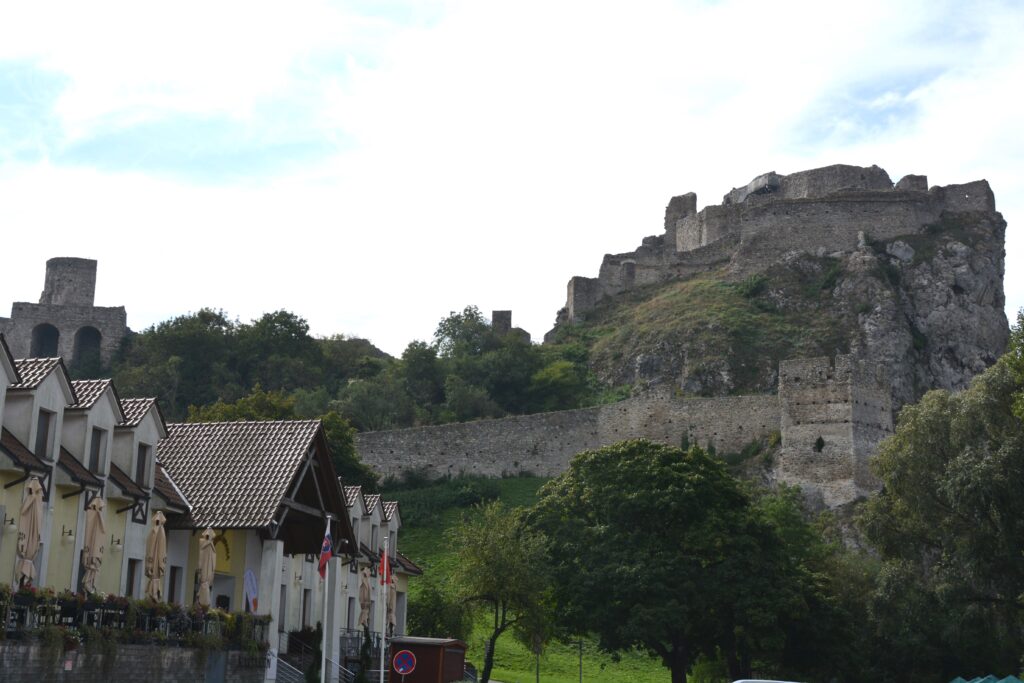
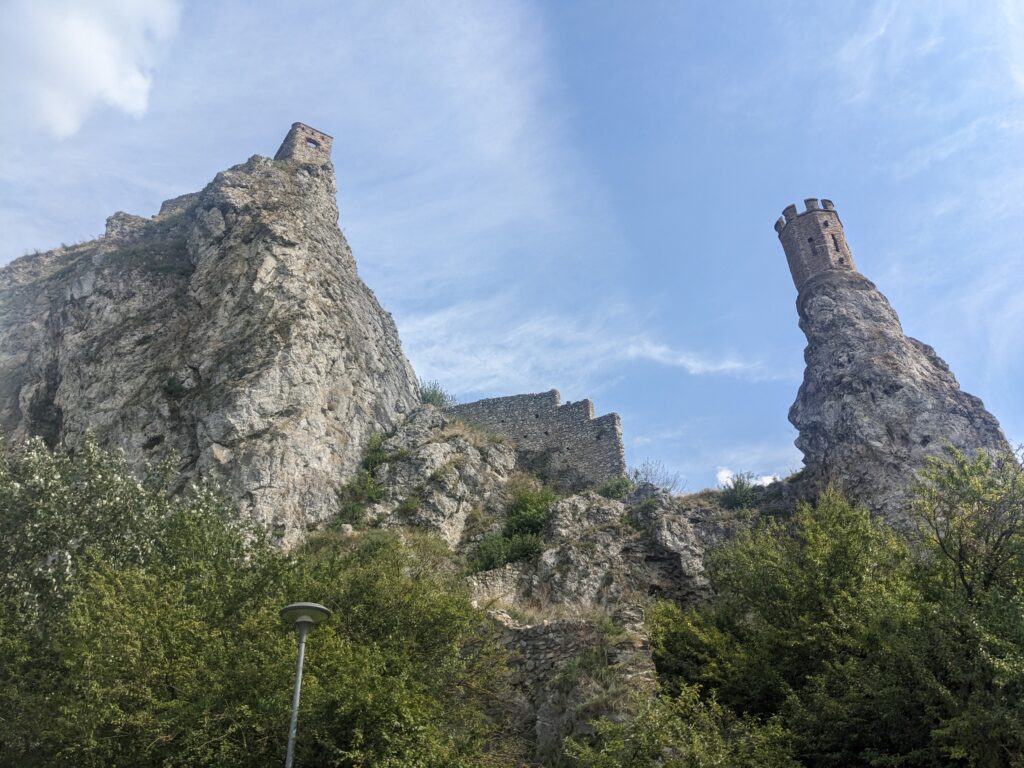
We purposely followed a series of small country roads with no purpose in mind, heading more or less northward into the heart of Slovakia. Through beautiful rolling farmland and small towns we trundled along until we spotted another castle on the hill. We tried to go to the gate but the Plavecky Hrad (castle) was in ruins and required a strenuous walk up a steep track.
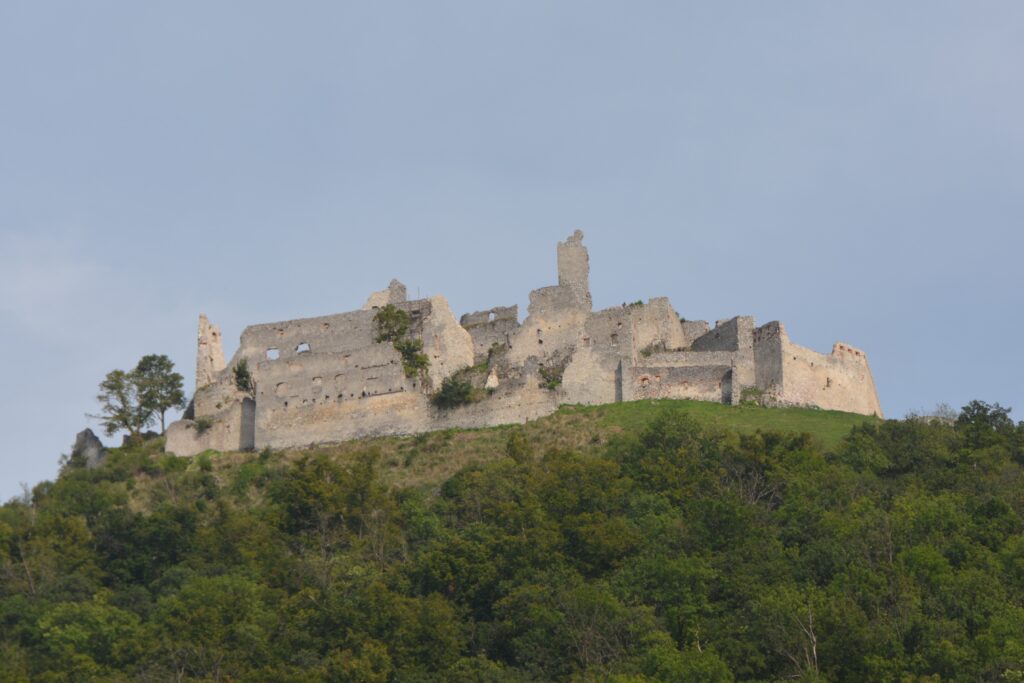
Never mind, we kept going until we came across another very handsome and imposing castle above the town of Beckov and we started to realise that for reasons known Slovakia might be castle heaven. And Dr. Google confirmed it, Slovakia has more castles per population than any country in the world. Slovakia, a relatively small country of only 5.5 million, has 180 registered castles (and 425 chateaus!) and you could spend a very enjoyable lifetime visiting all of them.
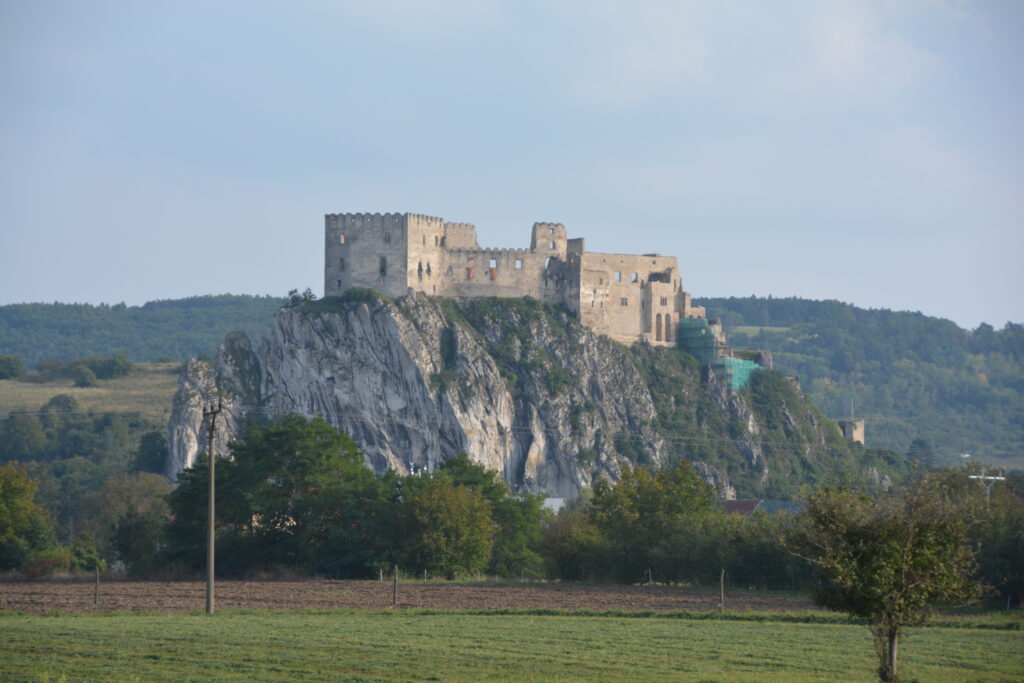
By the time we tootled into the town of Trencin with it’s equally imposing castle on the hill we had to stop for the night and prepare ourselves for another castle visit the next morning. We were in heaven!
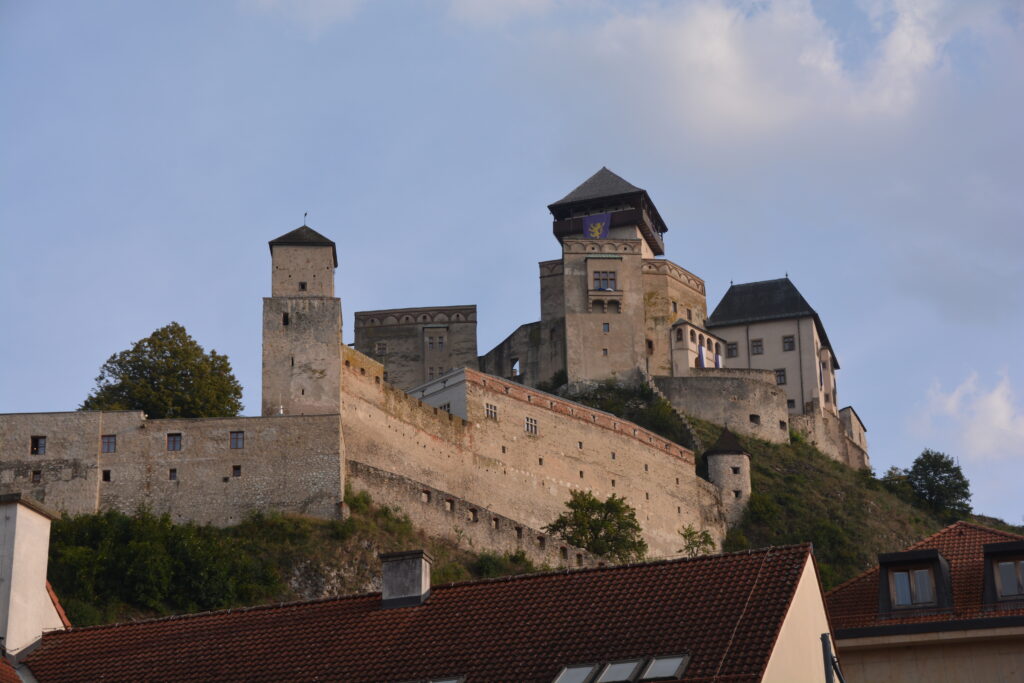
Unfortunately it rained all night and was still pouring in the morning so we reluctantly bailed on the walk up the hill to see the domineering Trenciansky Hrad that overlooks the city and moved northward toward the town of Zilina, spotting a couple more castles in ruins on the prominent points of the valley along the way. Our target for the afternoon was Mala Fatra National Park, an area known for it’s dramatic mountains and great bush walks. Unfortunately it was still bucketing down and our prospects for getting out in the wild looked grim.
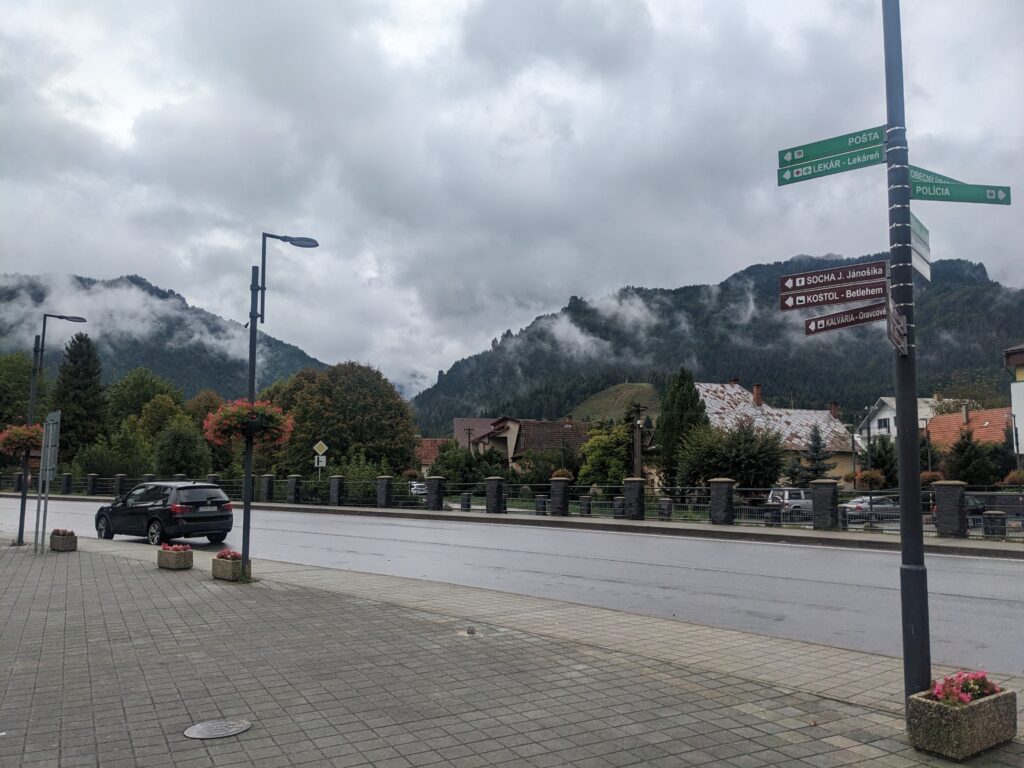
But the walking gods looked favourably upon us and the weather cleared just after lunch, giving us hope for a dry (but muddy) afternoon walk. And that’s exactly how it turned out, a fabulous two hour walk up a narrow gorge and back down a beaut little creek that had carved out it’s own gorge over the years.
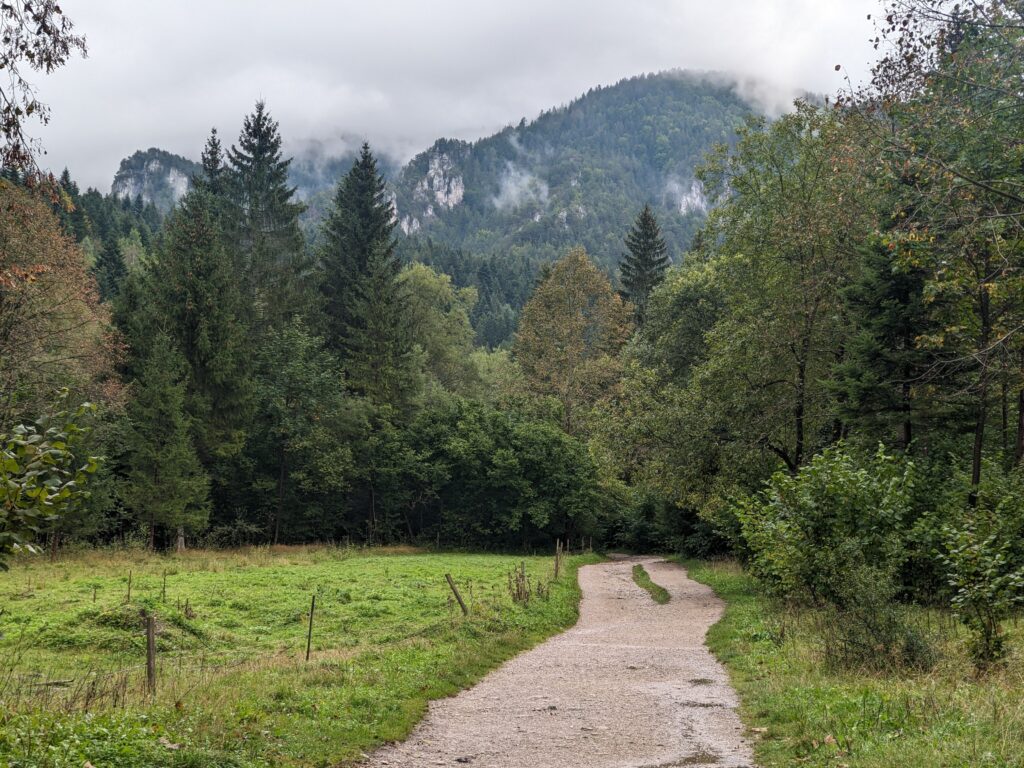
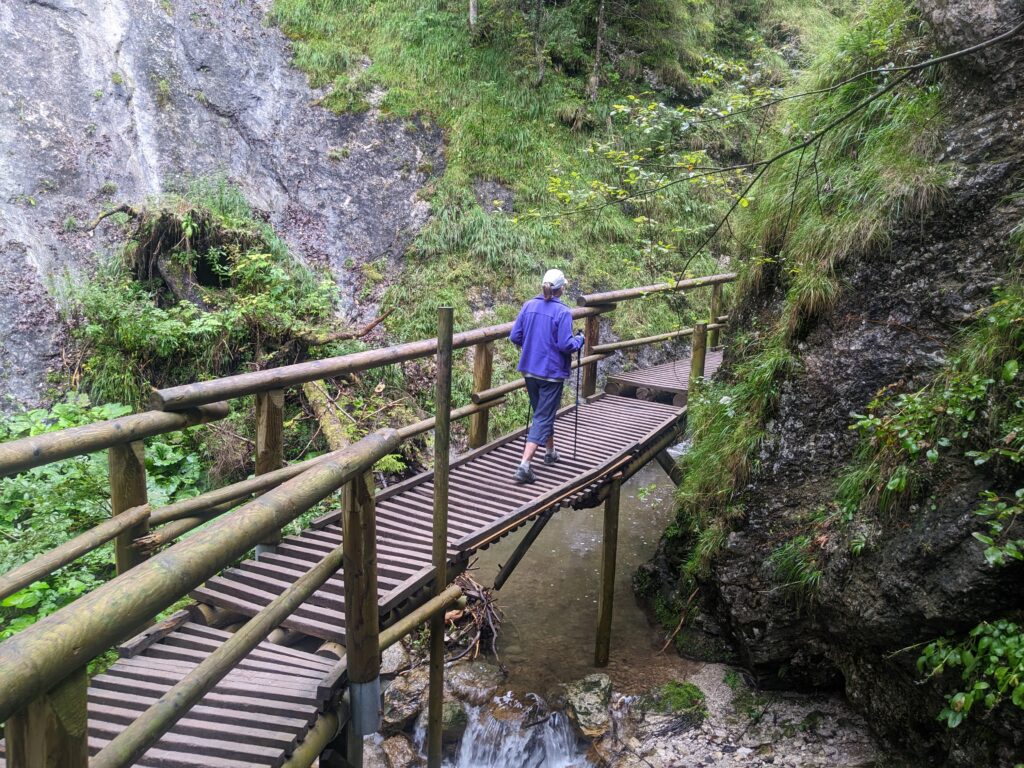
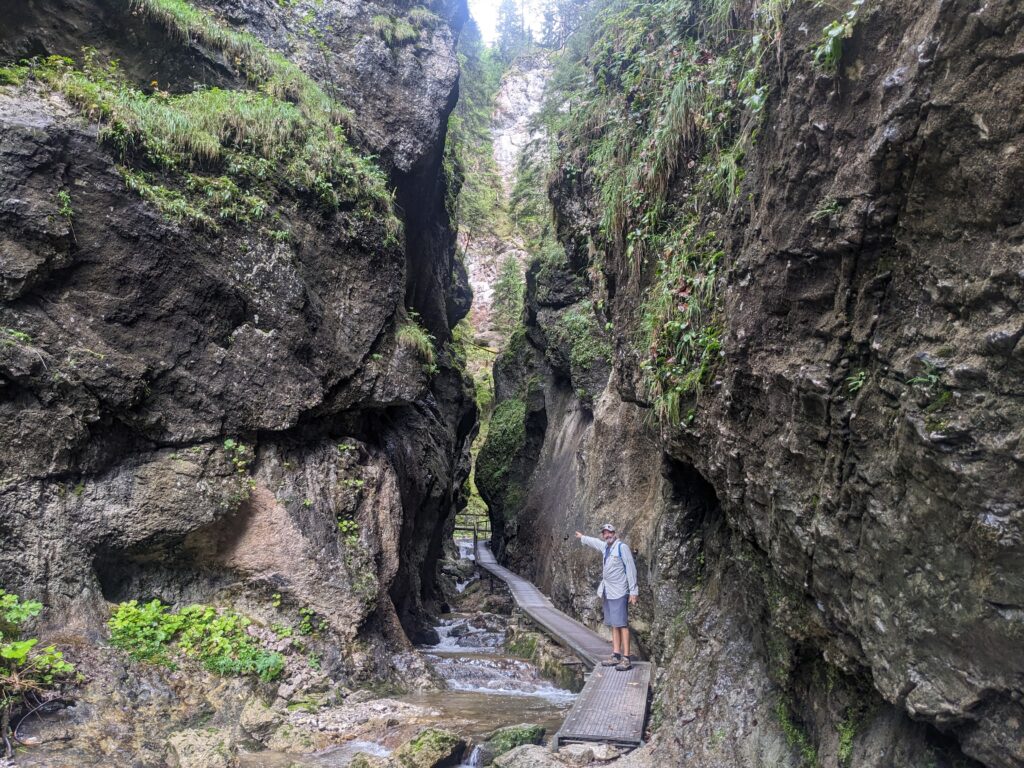
These gorges featured steel stairs and walkways in many tight places and besides giving us an insight into these fabulous mountains it also allowed us to work off the Slovakian pork and dumplings in a cream sauce we had for lunch. In case you wanted to know.
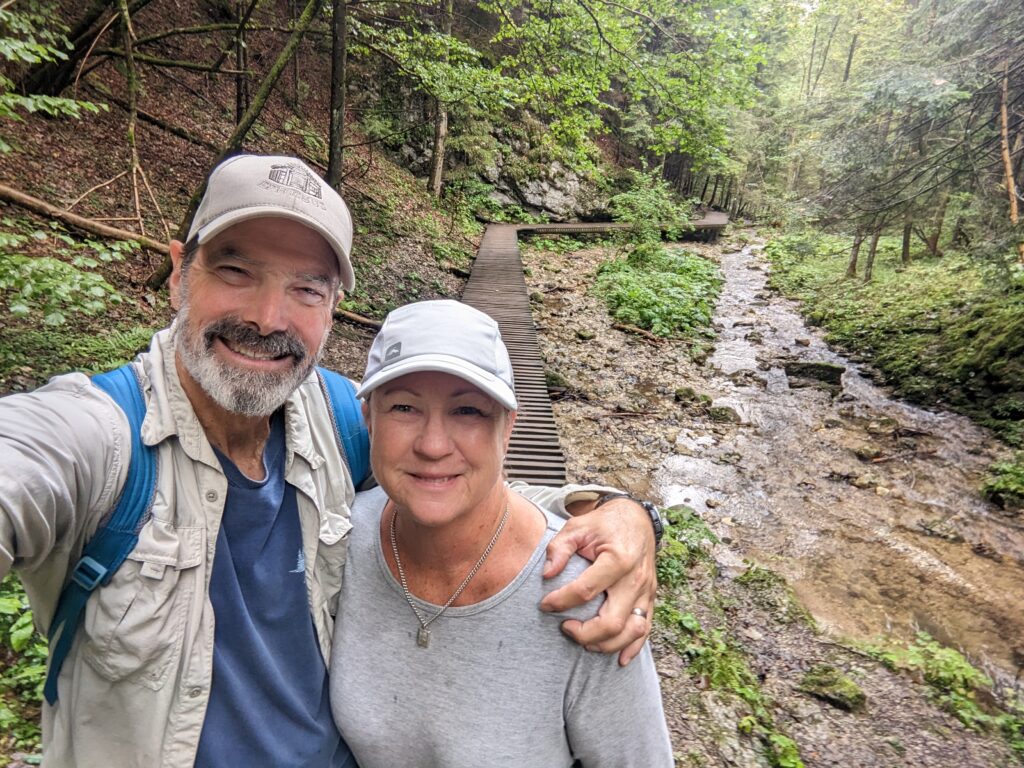





We camped that night in the little town of Bela while still in the national park. It’s always interesting how different countries manage their national parks and we’ve learned most of the parks are declared well after farmers, communities and businesses are established. Whatever works, we say.
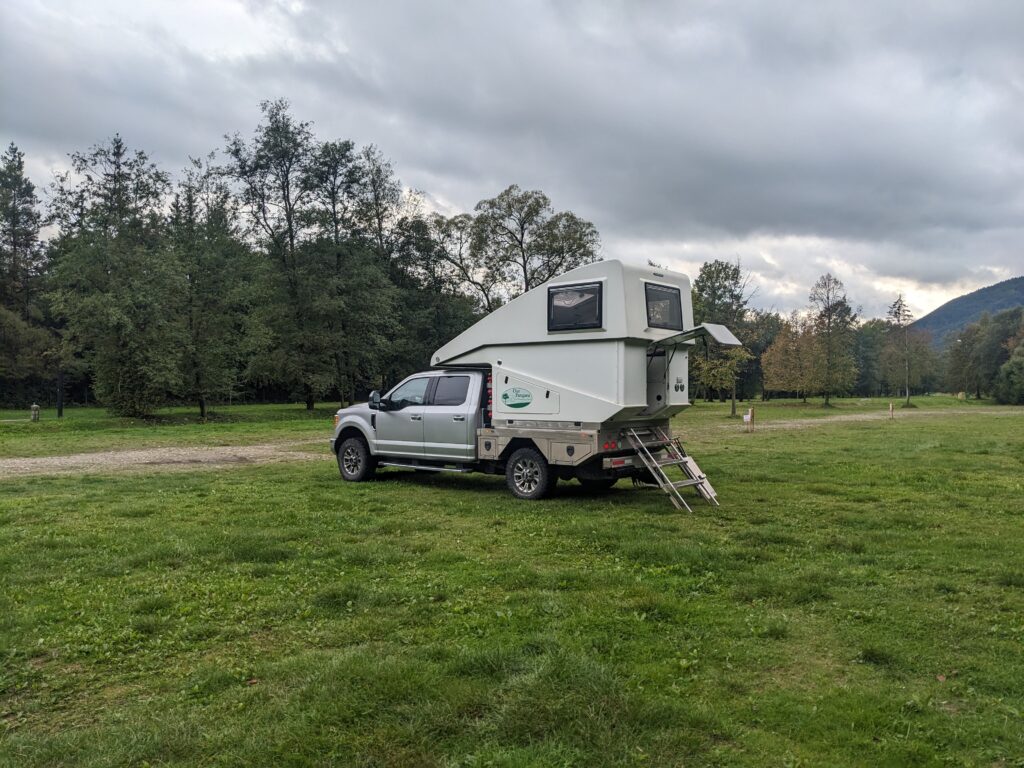
That night we received another unexpected update on shipping Tramp across the Atlantic. We now need to have him in the Zeebrugge port five days before the scheduled departure, three days earlier than usual. So we had to jostle our plan again, drop our planned walk in this fabulous national park, and turn the next day into a driving day.
Driving days are hard yakka, sitting on cruise control on autobahns, fighting the steady stream of huge trucks, trying not to avoid being rearended by a crazed local driving almost twice our speed. We moved northwestward out of Slovakia, feeling we didn’t give this beautiful country of castles and mountains it’s fair share of attention, across a corner of Czechia (formerly known as the Czech Republic, Slokakia’s sister country in the Czechoslovakian days), and into Poland.
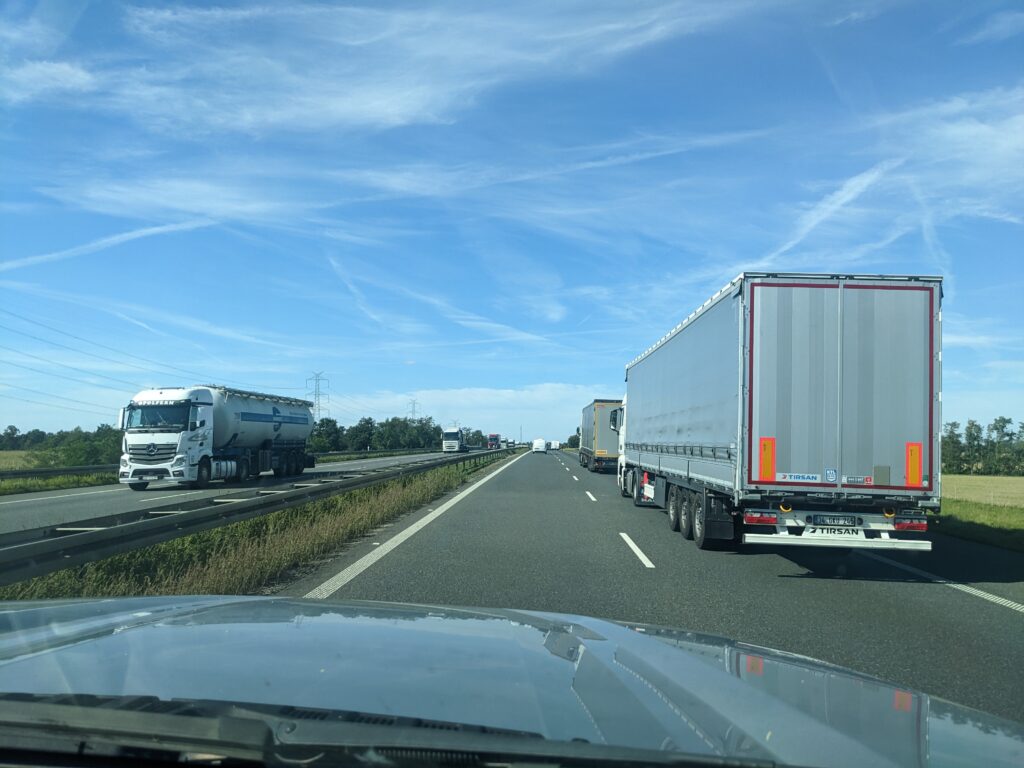
We ran across the southern edges of Poland all day, bypassing large towns like Katowice and Wroclaw, enjoying the beautiful rural scenes but hating the cruise control and the endless trucks. Eventually we had had enough and ducked off the autobahn into a couple of small local towns to see two of the most unique churches in Europe.
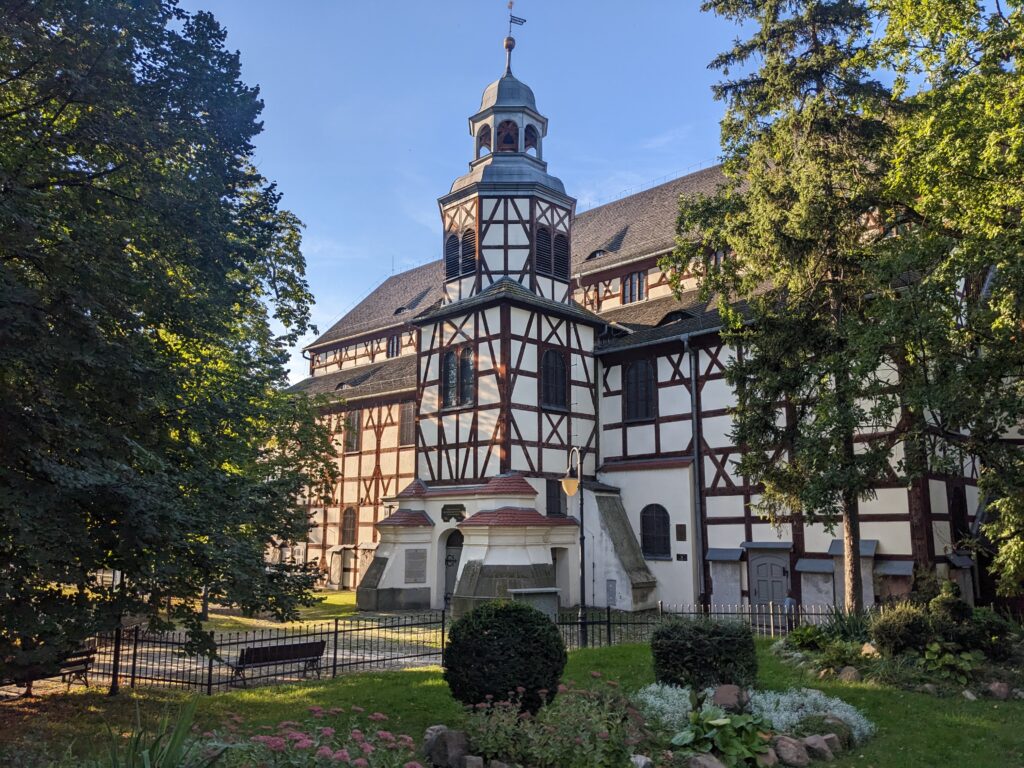
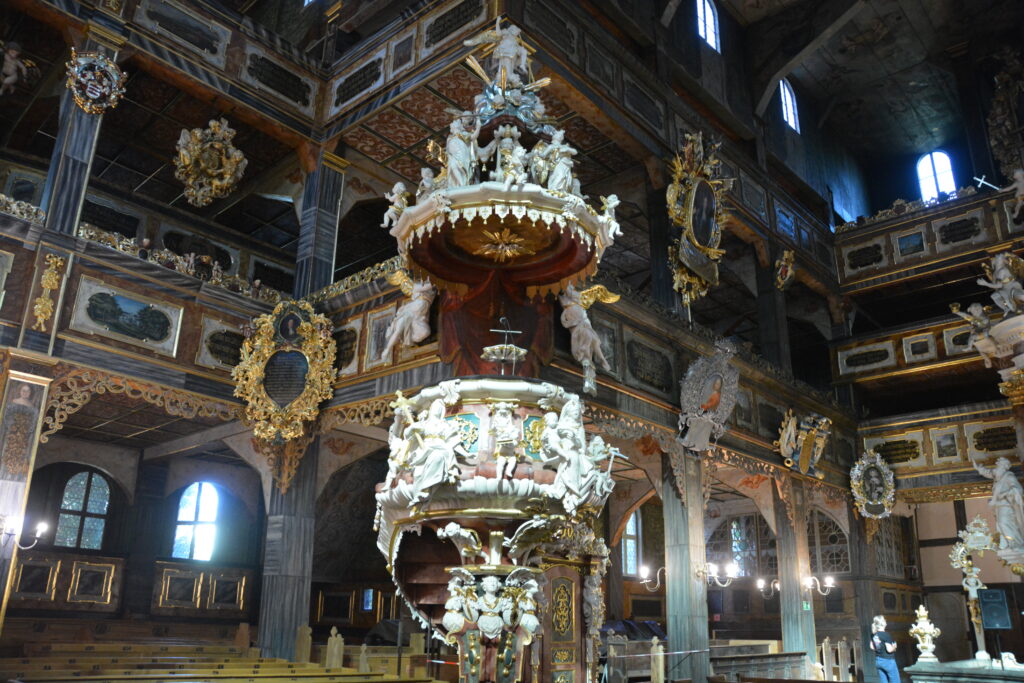
The two Churches of Peace in the small towns of Swidnica and Jawor were built in the 17th century out of wood and still stand today as a testament to their architects, builders and worshippers. They were allowed to be built as part of the Treaty of Westphalia which ended the Thirty Years War on the condition they were made of wood and built in only a year. The fact they are still standing in all their glory just about says it all.
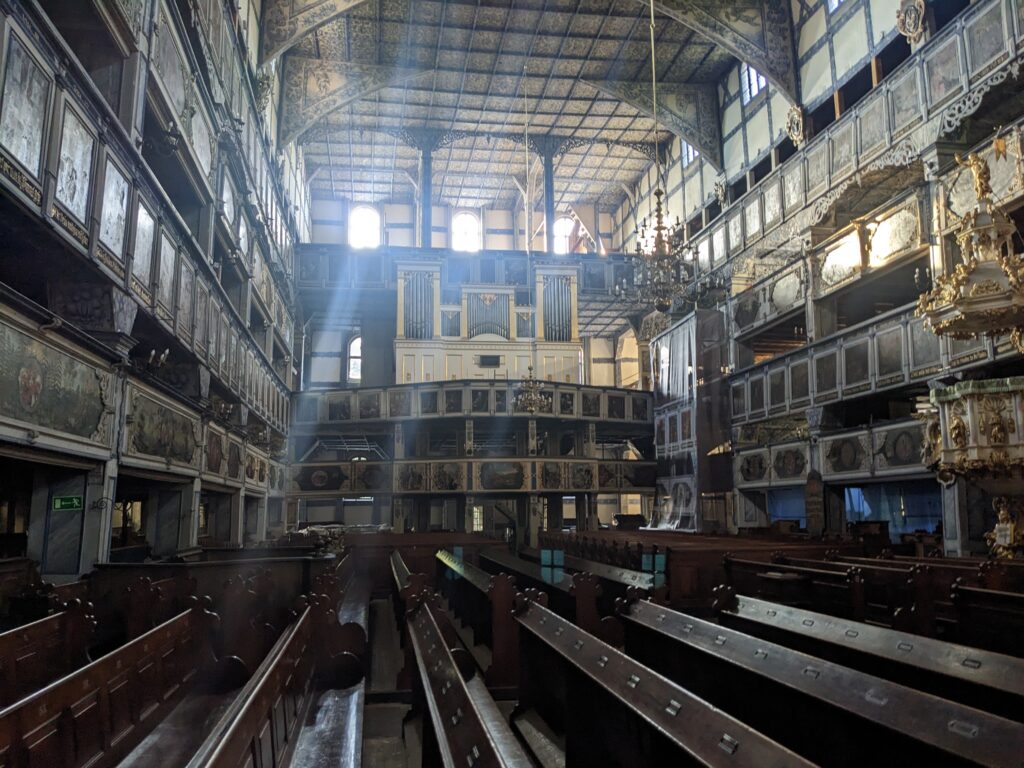
We camped that night on an obscure track in the forests near Jawor, loving the tall trees all around us and warmed by the fire. The next morning we saddled-up and crossed the border into Germany knowing we were moving closer to the heart and crowds of central Europe.
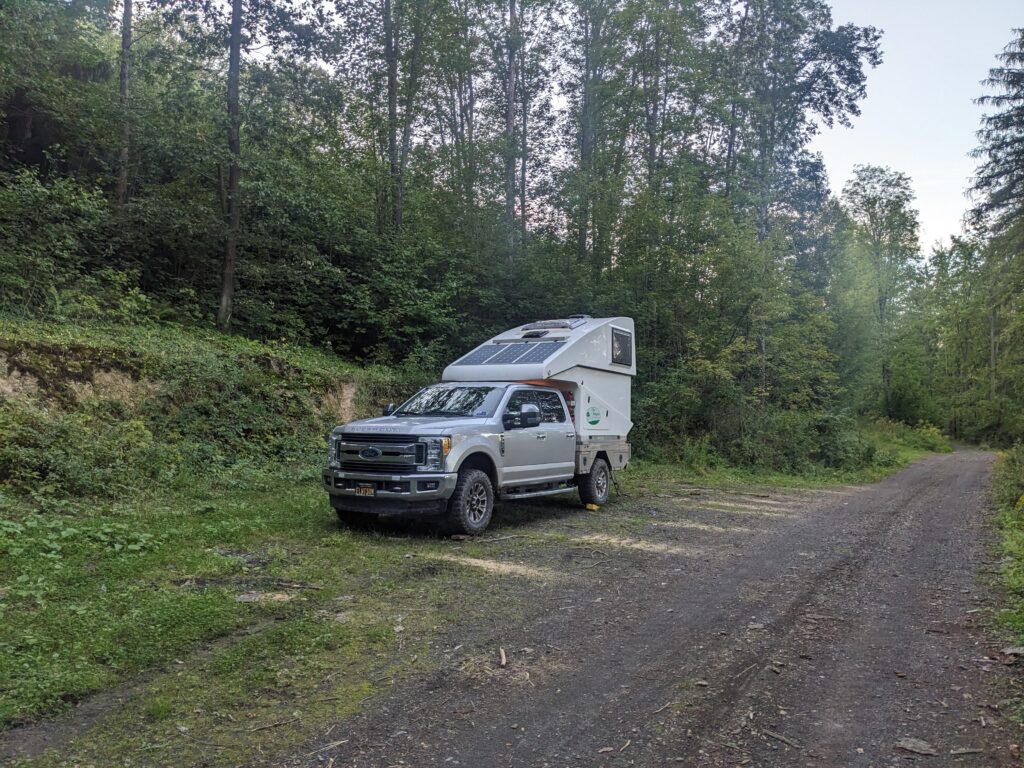
But we had a problem that needed addressing – our Webasto diesel cooker inside Tramp had given up the ghost some weeks ago and we had been cooking on the fire or on the external cooker instead. That’s okay for now but we knew with dodgier weather to come we needed to be cooking indoors so pulled into the German town of Cottbus where we saw online there was a Webasto service centre.
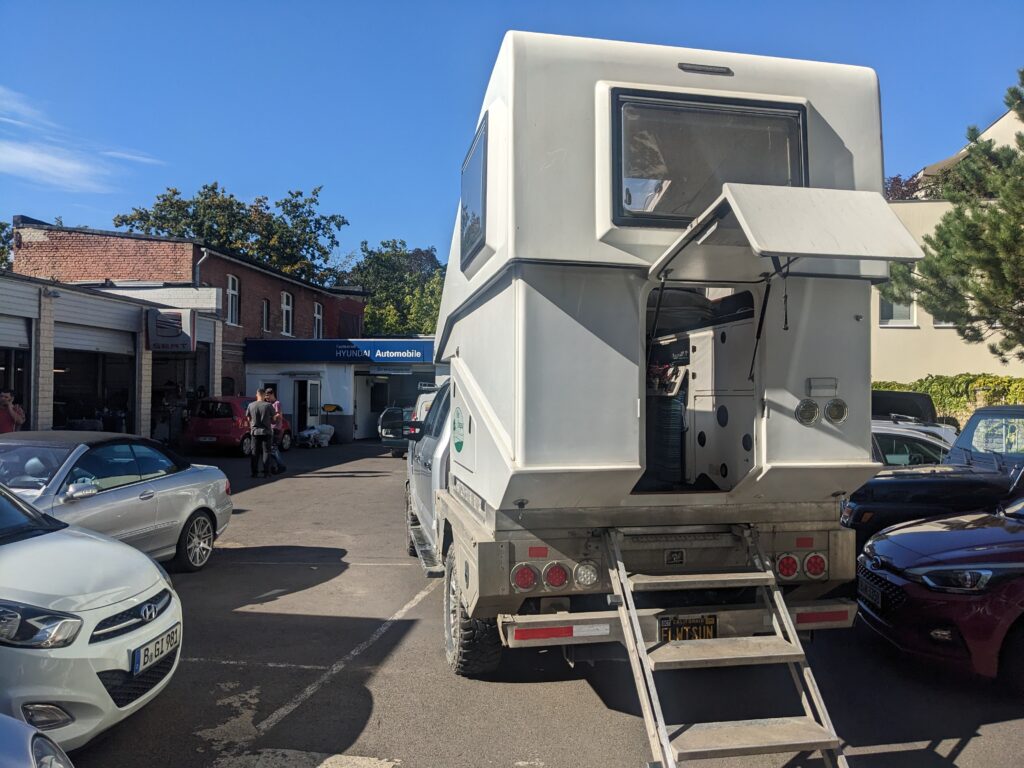
Unfortunately the service centre had recently closed so we moved further up the autobahn to the thriving capital of Germany, Berlin. We visited another Webasto service centre, if you could call it that, but they didn’t have the oomph to fix it. We camped that night on the edge of this huge city, looking forward to our visit the next day but also disappointed this nagging problem was still with us.
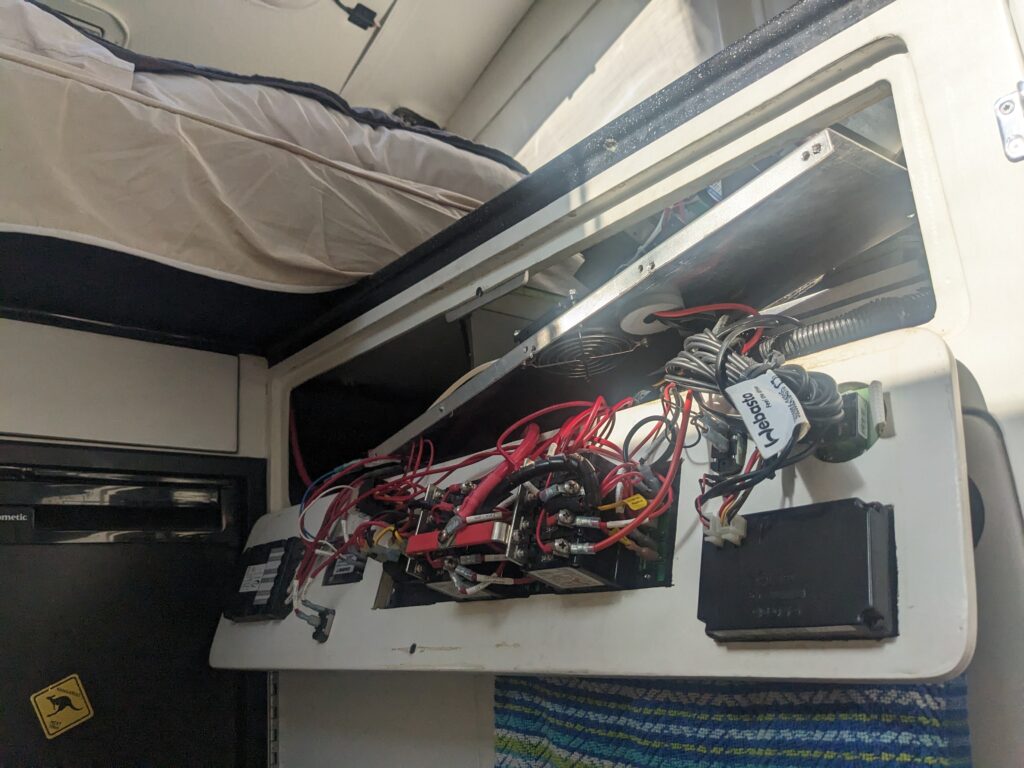
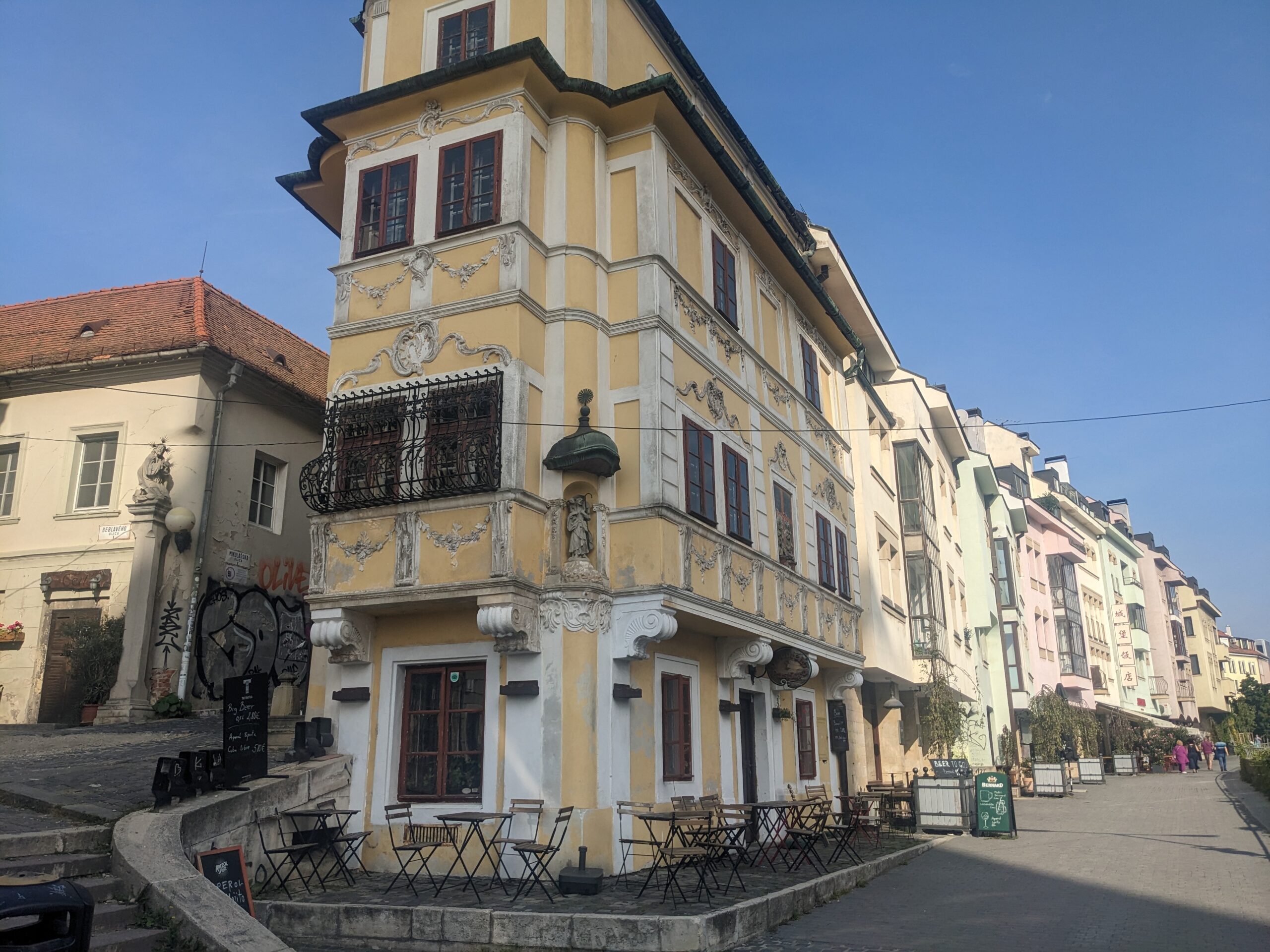
Comments
More castles and mountains — No Comments
HTML tags allowed in your comment: <a href="" title=""> <abbr title=""> <acronym title=""> <b> <blockquote cite=""> <cite> <code> <del datetime=""> <em> <i> <q cite=""> <s> <strike> <strong>